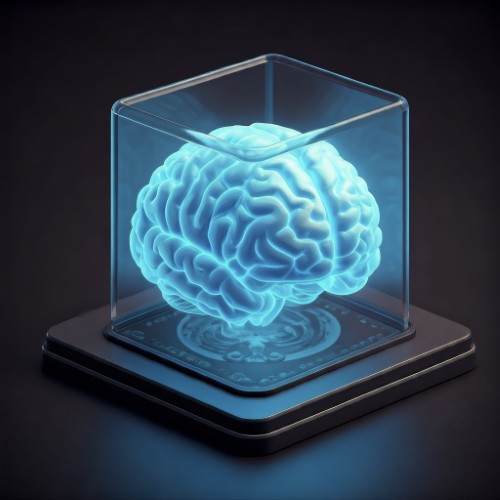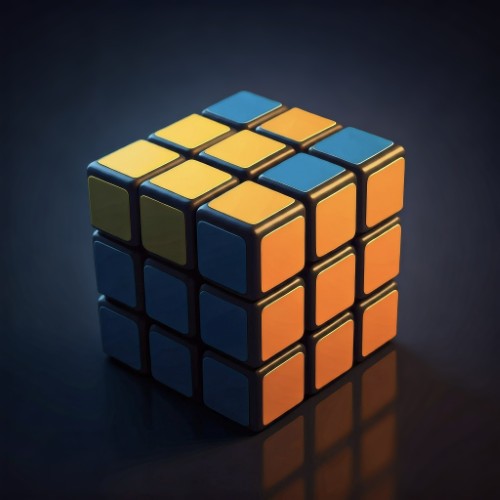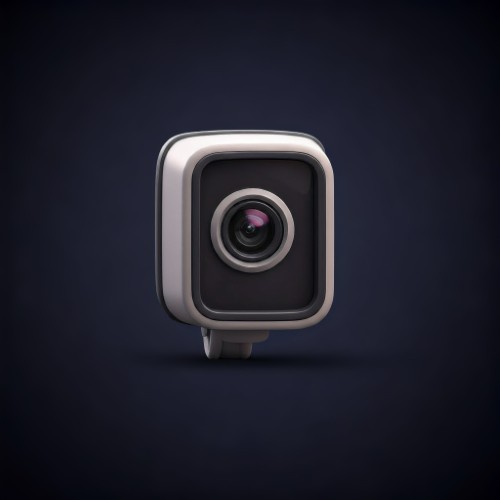Imagine navigating a dating world where “sliding into DMs” replaces mixtapes and algorithms decide compatibility instead of chance meetings. Welcome to online dating as a Gen Xer—where the generation raised on landlines and cassette tapes is now swiping, clicking, and dodging everything from scam artists to unsolicited explicit messages, all in the name of finding love (or at least a decent conversation). It’s a battlefield out there, but if any generation is tough enough to handle it, it’s the one that survived mullets, dial-up internet, and MTV’s golden age.
The Digital Minefield of Dating
Recent data from Pew Research reveals some sobering statistics about the online dating experience for users aged 50 and older—a demographic that captures the younger Boomers and older Gen Xers. Nearly 1 in 3 online daters aged 65 and older have faced at least one unwanted behavior, ranging from receiving explicit messages (23%) to being called offensive names (8%). For those in their 50s and early 60s, the figures are even higher:
45% of women aged 50-64 report receiving unwanted sexually explicit messages, and 43% say someone continued contacting them after being told they weren’t interested.
Pew Research
For Gen X women especially, the risks seem disproportionately high compared to men. While only 17% of men aged 50-64 report persistent contact after rejecting someone, women in the same age group experience this at nearly triple the rate (43%). This disparity highlights ongoing gender dynamics in online interactions.
The Rise of Scammers
Perhaps one of the most notable trends in online dating is the pervasive threat of scams. The same Pew study shows that 52% of online daters have encountered someone they suspected of attempting to scam them. While the numbers are slightly lower for older daters, the risk remains significant. Men aged 50-64 and women in the same bracket report scam encounters at nearly equal rates, around 50-54%.
What does this mean for Gen X daters? It underscores the importance of vigilance and skepticism in a world where romance can sometimes mask deceit.
Why Gen X Faces Unique Dating Struggles
- Caught Between Eras: Unlike Boomers who might approach dating with a more traditional mindset and Millennials who grew up swiping right, Gen Xers straddle the line. They often feel pressure to adopt new technologies while yearning for the connection and authenticity of pre-digital relationships.
- Overwhelming Choices: Online dating presents an abundance of options, but that can be both a blessing and a curse. Many Gen Xers find themselves frustrated by the paradox of choice, unsure whether to settle or keep searching.
- Balancing Responsibilities: Gen Xers often juggle demanding careers, aging parents, and sometimes children of their own. This leaves little time or energy to navigate the emotional ups and downs of online dating.
- Learning New Rules: Digital dating has its own language and etiquette. For Gen X, decoding terms like “ghosting” or understanding the subtleties of profile algorithms can feel like learning a new dialect.
Tips for Gen Xers in the Online Dating World
- Stay Safe: Be mindful of sharing personal information. If someone’s behavior feels off, trust your gut.
- Set Boundaries: Establish clear boundaries about communication and respect, and don’t hesitate to block or report inappropriate behavior.
- Be Authentic: While curating a compelling profile is important, being genuine is more likely to attract meaningful connections.
- Embrace the Learning Curve: It’s okay to feel awkward or unsure—dating in the digital age is a learning experience for everyone.
Conclusion
For Gen X, the dating landscape might look like uncharted territory, but it’s also ripe with opportunity. While the challenges are real—from unwanted messages to scams—this tech-savvy, resilient generation is more than capable of navigating the twists and turns of online romance. Whether by swiping, messaging, or stepping away from the screen to meet in real life, Gen X daters are proving that love has no age limit—and that every generation has its own unique approach to finding it.
So, Gen Xers, get out there. Just remember: trust your instincts, stay safe, and, most importantly, have fun.






